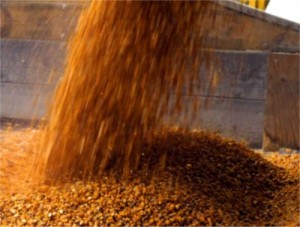Free Webinar: Improving the Quality of Industrial Hygiene Air Sampling Data Through Proper Field Practices
TestAmerica is hosting a free webinar on “Improving the Quality of Industrial Hygiene Air Sampling Data Through Proper Field Practices” on September 20. The webinar will be presented by Mike McGee, CIH and will provide a basic overview on improving the quality of IH data and avoiding common pitfalls.
Variability in sampling data can result from: the skill level and attention of the person performing the sampling, equipment and sampling media, variability of air sampling flow/sampling rate, recording sampling time accurately, environmental factors, documentation, the representativeness of the samples collected, variation in contaminant concentration during sampling, and transportation of samples from the field to the laboratory.
Topics will include:
- Sources of field variability
- Why air volume is only half of the equation
- What you should know about air sampling pump calibration
- Field data collection accuracy and adjustments
- Field data documentation
- Pitfalls to avoid
Register for the webinar HERE.
Source: TestAmerica







